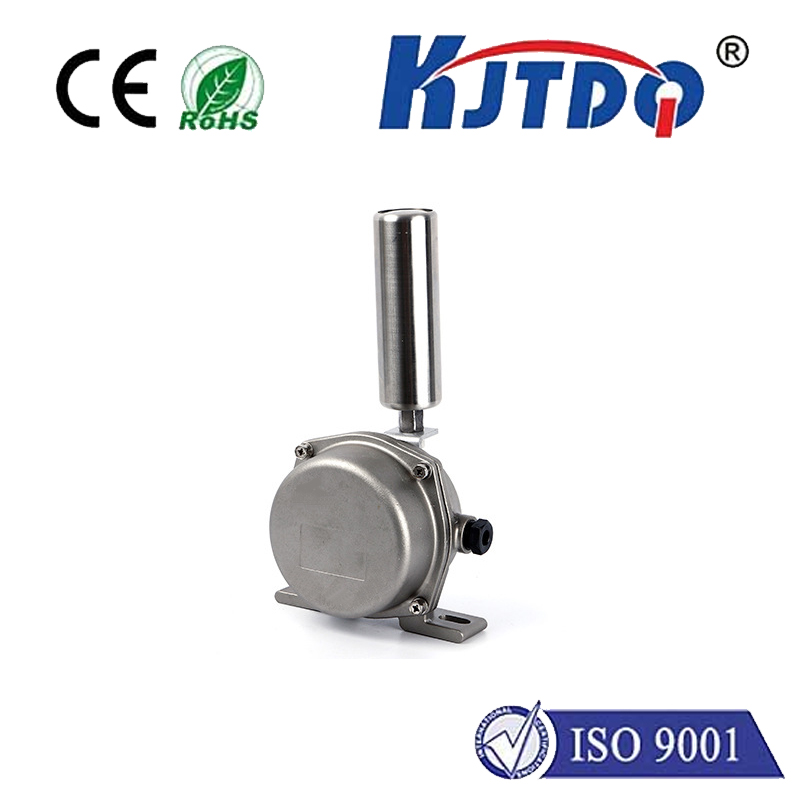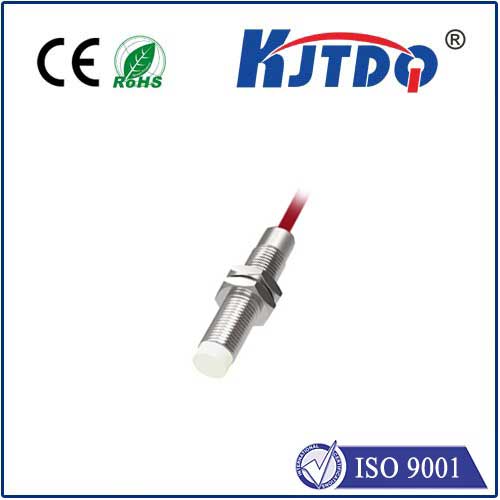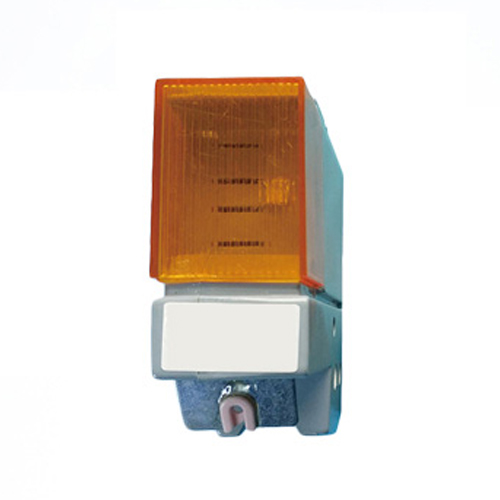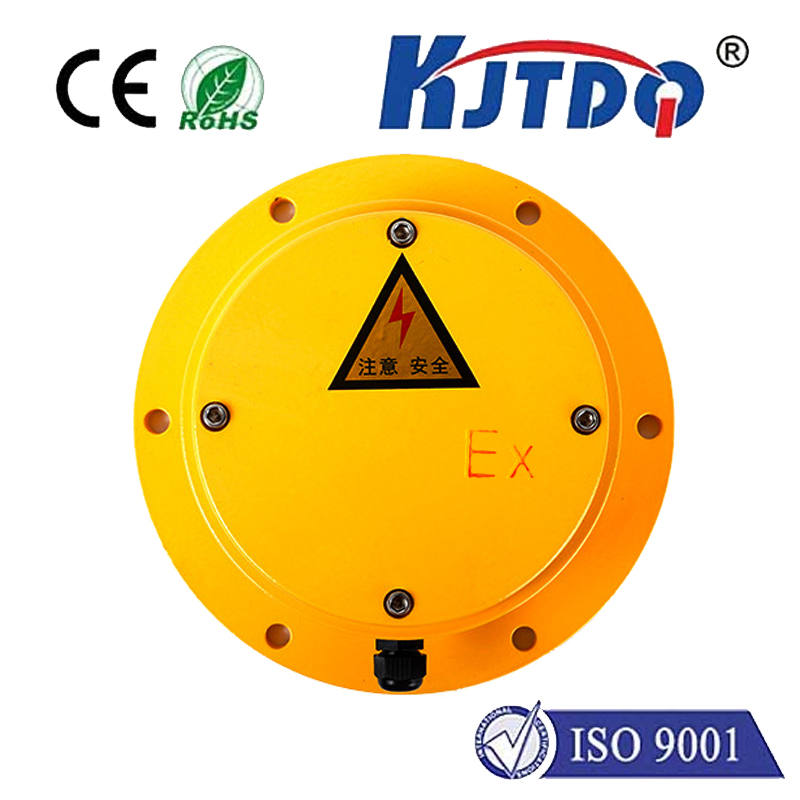

check

check

check

check
Smart Integration of AI and IoT for Enhanced Industrial Automation
In today’s rapidly evolving industrial landscape, the integration of artificial intelligence (AI) and the Internet of Things (IoT) has become a pivotal strategy for achieving operational efficiency and innovation. The title NI40UE-QV40-VN6X2-H1141 is a specific model number related to industrial automation equipment, but it also serves as a metaphor for the seamless integration of advanced technologies in modern manufacturing. This article explores how AI and IoT are being leveraged to transform traditional industrial processes into intelligent, data-driven systems, with a focus on the practical applications and benefits of such integration.
The evolution of industrial automation has long been driven by the need for greater precision, speed, and reliability. However, the rise of AI and IoT has introduced new capabilities that go beyond traditional automation. AI, with its ability to process vast amounts of data in real time, enables predictive maintenance, smart decision-making, and adaptive control. IoT, on the other hand, allows for the interconnectedness of devices and systems, creating a unified ecosystem that can be monitored and optimized remotely. Together, these technologies form the backbone of modern industrial automation, enabling industries to stay competitive in an increasingly digital world.

One of the most significant advantages of AI in industrial automation is its capacity to enhance predictive maintenance. By analyzing sensor data from machinery, AI can detect subtle changes in performance that may indicate potential failures. This proactive approach reduces downtime, lowers maintenance costs, and extends the lifespan of equipment. For example, a manufacturing plant using AI-driven predictive maintenance systems can anticipate when a machine is likely to break down, allowing technicians to schedule repairs before a failure occurs. This not only improves productivity but also ensures that production continues without interruption.
Similarly, IoT plays a crucial role in enabling real-time monitoring and control of industrial systems. Through the use of IoT-enabled sensors and devices, manufacturers can track the status of their equipment, environmental conditions, and operational parameters in real time. This data is then processed by AI algorithms to provide insights that guide decision-making. For instance, an AI system can analyze temperature fluctuations in a production line and adjust the cooling system accordingly, optimizing energy use and reducing waste. The integration of IoT and AI allows for a more responsive and efficient production environment.
The benefits of combining AI and IoT extend beyond operational efficiency. In terms of safety and quality control, these technologies enable industries to implement advanced monitoring and inspection systems. AI can analyze images or sensor data to detect defects in products, ensuring higher standards of quality. Additionally, IoT-based systems can provide real-time alerts for safety hazards, reducing the risk of accidents and injuries in the workplace.
The implementation of AI and IoT in industrial automation requires a strategic approach. Companies must invest in the right technologies, train their workforce to work with these systems, and ensure data security and privacy. Moreover, the transition to a data-driven operation can be challenging, as it involves rethinking workflows, integrating new systems, and adapting to new standards.
In conclusion, the integration of AI and IoT in industrial automation is not just a trend—it is a necessity. The model number NI40UE-QV40-VN6X2-H1141 represents the culmination of this technological evolution, showcasing how advanced systems can be designed and deployed to enhance efficiency, safety, and innovation. As industries continue to evolve, the synergy between AI and IoT will remain a driving force in shaping the future of manufacturing and automation.









